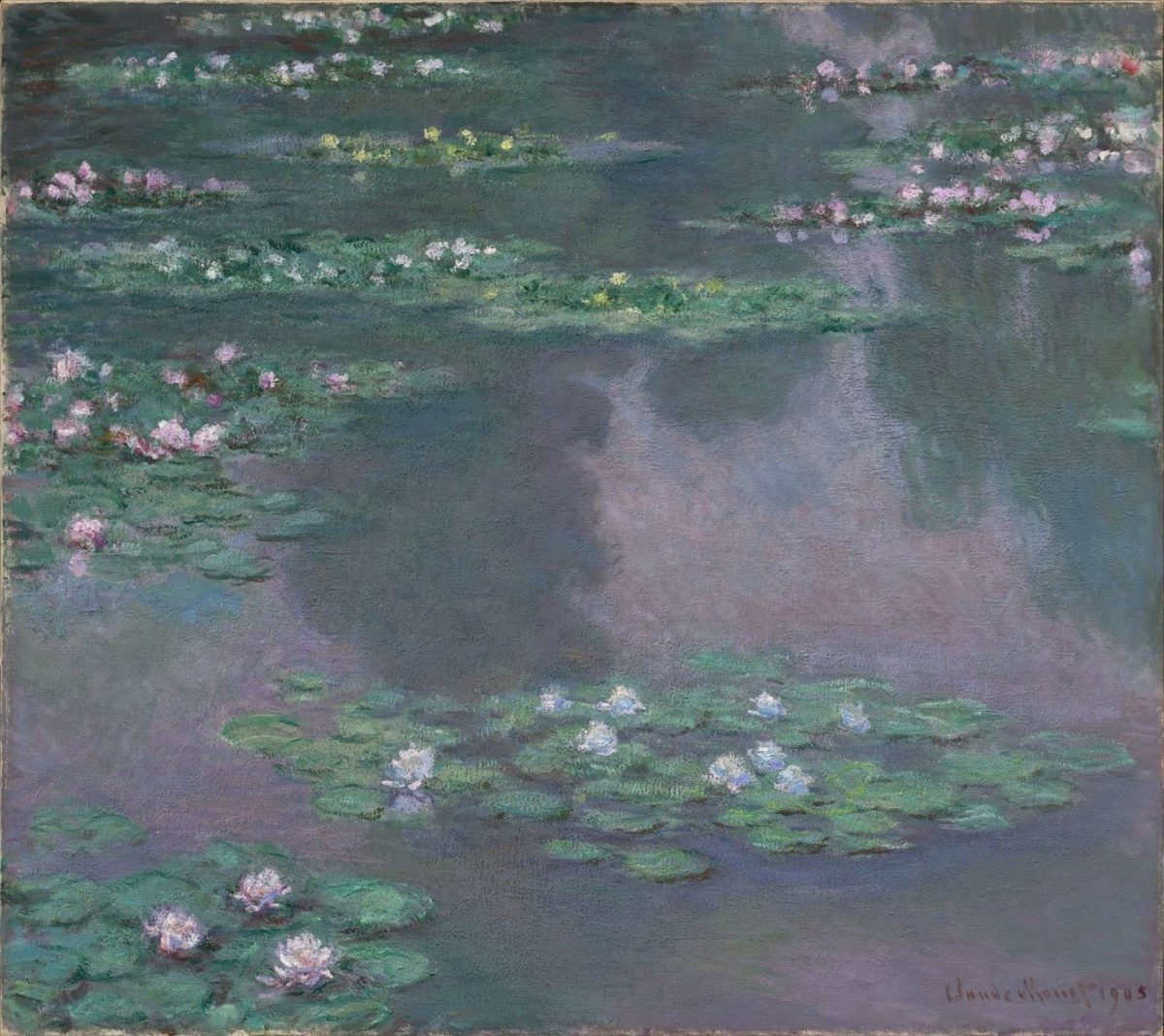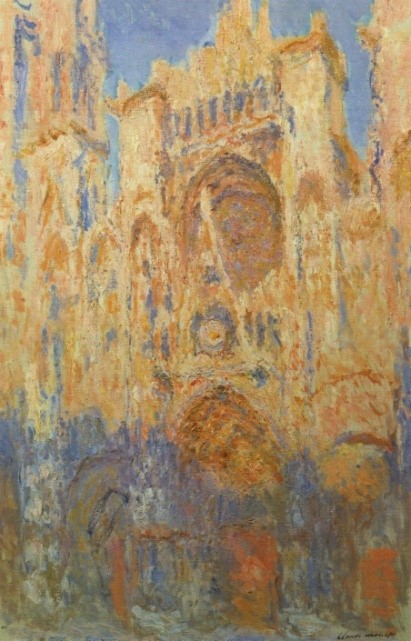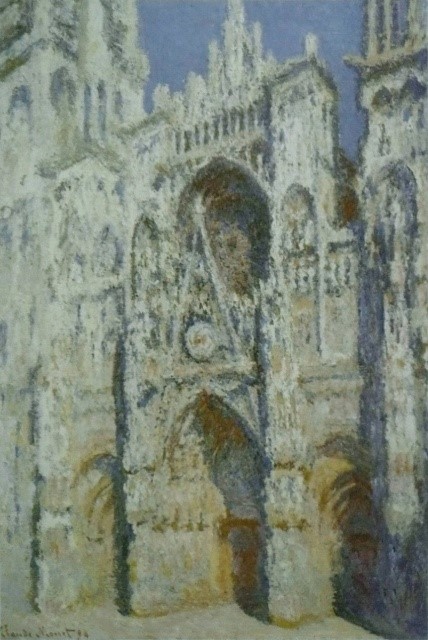There are two types of iconic visual images. There are the ones you see which grab you – and you might be motivated to find out more about the artist and the rest of their work. Then there are artists who have always been familiar – where many of their images have always been all around you and where the difficulty is deciding which to select. Monet is definitely one of the latter, though I thoroughly enjoyed the process of choosing – reminding myself why I am so fascinated by this artist, and of the scope and diversity of his work.
Claude Monet (14 November 1840 – 5 December 1926) was an Impressionist, part of a school of painters in France starting in the Nineteenth Century, whose distinctive characteristics include their fascination with how to depict changes in light. They were much more likely to paint outdoors than work on sketches in studios. The Impressionists very much challenged the status quo of the French art establishment when they started because they broke all accepted conventions.
One of Monet’s particular traits was to produce a ‘series’ of works in which he explored how changing light affects everything about how an object appears
Three of the five views of Rouen cathedral in different light
The subject he treated most extensively in this way was Water lilies – painting around 250 canvases.
In 1883, Monet and his extensive household moved to Giverny, around 50 miles from Paris, initially renting a large house with land and then going on to buy it in 1890. It was only in 1893 though that he bought the additional land where he constructed his famous water garden with its Japanese Bridge and later started painting the Water Lilies there.

This is a relatively late piece – from 1905, when the artist was 65 – though he would continue to paint for the remaining 21 years of his life. The relationship between colour and form are almost malleable – especially when you see the original canvas up close. At 89.5 × 100.3 cm (35.2 × 39.4 in) it’s not one of his largest but you can certainly see the brush strokes.
The palette of dominant colours – purples, blues and greens – I find very restful. It’s easy to imagine the water moving. The shadows give depth to the water as their reflections do in real life.
Water lilies are light sensitive plants – they open and close across each day, and here you see a selection in different stages as the light moved across the pond. The plants themselves are clearly defined but the use of colour in this piece has less contrast than in others done around the same time where for example red is much more visible. It’s not that I find that jarring per se, but I think it highlights the individual plants rather than the whole garden.
Standing in front of an original painting that you recognise, that you appreciate is always a breathtaking experience. I’ve had the joy of seeing it twice – once at the Museum of Fine Arts in Boston and once when the painting was part of an exhibition of Monet in the 20th Century jointly organised by that institution and the Royal Academy in London in 1998/99. While I would love to have the opportunity to see it again, the reproduction is good enough to still be lost in reflections.
Monet may seem an odd artist for a revolutionary to select. He became pretty wealthy as a result of his art. He wasn’t particularly radical outside the art world – although he did back Zola in his attack on the French government for antisemitism over the Dreyfus affair. But I would strongly argue that we have the right to appreciate the best of what human culture has produced – whether or not it is directly political. And after a long zoom meeting or a tiring demonstration which of us doesn’t need some escapism – an old movie, a football match, a Monet to reflect on?




